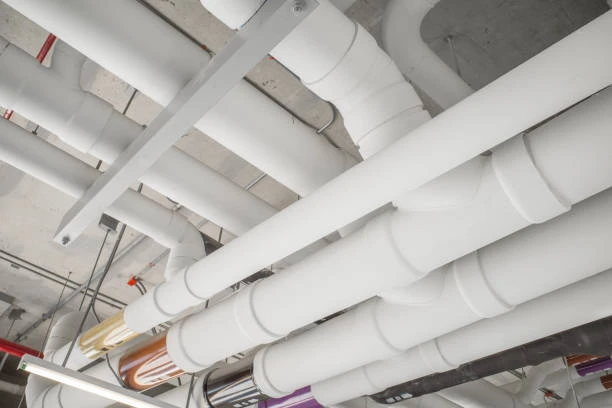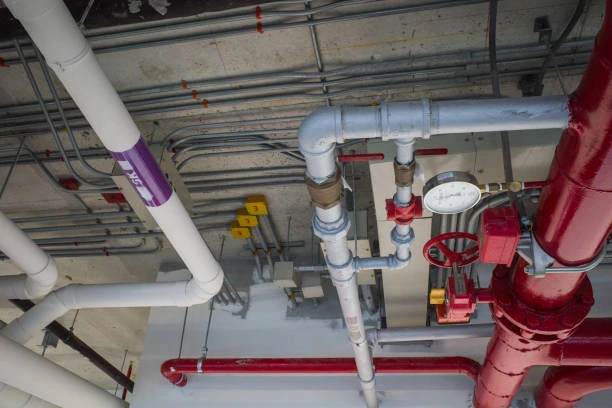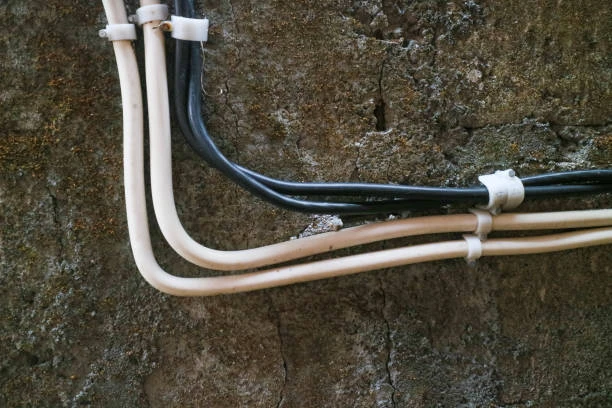Introduction
In mechanical systems, achieving precise control over fluid flow is crucial for safety, performance, and longevity. One component that plays a significant role in this process is the control valve hydraulic system, and within it, the copper ball valve stands out for its stability and reliability. Copper ball valves have become a preferred choice in various mechanical applications, from hydraulic systems to industrial automation, due to their excellent flow control, corrosion resistance, and long service life. This article explores the importance of copper ball valves, their features, uses, selection criteria, and comparisons with other valve materials.
Frequently Asked Questions (FAQ)
1. What is a control valve hydraulic system?
A control valve in a hydraulic system regulates the flow and pressure of fluid within machinery. It directs how actuators operate, controlling movement and force precisely.
2. Why are copper ball valves used in mechanical equipment?
Copper ball valves offer precise flow control, withstand high pressure, and resist corrosion. These features make them ideal for mechanical systems that require reliability and long-term performance.
3. Can copper valves handle high temperatures and pressure?
Yes. Copper alloys used in ball valves are engineered to perform under demanding temperature and pressure conditions commonly found in hydraulic and mechanical applications.
4. Are copper valves compatible with other materials?
Copper valves can be used with various pipe materials, including plastic and stainless steel, as long as appropriate connectors and installation methods are used.
5. How do I maintain copper ball valves in hydraulic systems?
Regular inspection, occasional lubrication of the valve stem, and ensuring clean fluid flow can keep copper ball valves in excellent working condition for years.
Basic Definition and Features of Copper Ball Valves
A copper ball valve is a mechanical device that controls the flow of fluids through a hollow ball with a hole drilled through its centre. When the valve handle turns, the ball rotates to allow or block fluid flow. The valve body is typically made from high-grade copper or copper alloys, offering significant advantages for mechanical and hydraulic systems.
Key features include:
Superior resistance to corrosion and mineral build-up
Long-term durability and strength under mechanical stress
Excellent conductivity and temperature tolerance
Low wear and tear with minimal maintenance
Tight sealing for zero leakage performance
These characteristics ensure that copper ball valves provide stable and efficient flow control across various demanding environments.
Common Applications and Industries
Copper ball valves are widely used in the mechanical industry, especially in systems involving hydraulic control valves. Their performance and durability make them suitable for both small-scale machines and large industrial installations.
Typical applications include:
Hydraulic press systems
Industrial machinery cooling systems
Pneumatic and hydraulic actuators
Heating, ventilation, and air conditioning (HVAC)
Automotive fluid systems
Manufacturing process equipment
In all these areas, copper ball valves support consistent pressure control and efficient system operation, making them a key component in modern mechanical engineering.
Selection Guide: What to Consider
When selecting a copper ball valve for your mechanical or hydraulic system, several important factors must be evaluated:
1. Material Quality
Ensure the valve is made from high-purity copper or bronze alloys, such as CW617N or DZR copper. Avoid low-grade materials that may crack or corrode.
2. Valve Coating and Colour
A uniform, polished copper finish often indicates better manufacturing standards. Oxidation or uneven colour may suggest poor quality control.
3. International Certifications
Choose valves that comply with ISO, DIN, ASTM, or equivalent certifications. These ensure the product meets global quality and safety standards.
4. Pressure and Temperature Ratings
Verify the valve’s operational limits. Mechanical systems often operate under high pressure, so choose a valve with adequate tolerance levels.
5. Valve Size and Bore Type
Full-bore valves allow unrestricted flow, ideal for systems that demand high flow rates. Reduced-bore versions may be suitable for low-volume applications.
6. Handle Design and Functionality
Look for valves with robust and clearly marked handles. These should operate smoothly and indicate open/close status intuitively.
Installation Tips and Guidelines
Proper installation of copper ball valves ensures optimal functionality and reduces the risk of leaks or failure. Here are key points to consider:
Clean all connection surfaces before assembly. Dirt or debris can prevent proper sealing.
Use compatible jointing methods such as soldering for copper-to-copper joints or threaded adapters for mixed-material setups.
Avoid overtightening, especially in hydraulic systems where excessive torque can distort the valve body.
Ensure correct valve orientation, particularly in directional systems.
Conduct a system pressure test after installation to confirm seal integrity and flow accuracy.
For mechanical applications, ensuring clean hydraulic fluid and correct alignment is critical to avoid internal wear or valve malfunction.
Copper Ball Valves vs Plastic Valves: A Comparison
| Feature | Copper Ball Valve | Plastic Valve |
|---|---|---|
| Durability | High, lasts decades | Moderate, prone to cracking over time |
| Pressure Tolerance | Excellent, suitable for hydraulic systems | Limited, not ideal for high-pressure setups |
| Temperature Range | Wide, handles high and low temperatures | Narrower range |
| Flow Control | Precise, ideal for mechanical systems | Less precise, suitable for general use |
| Maintenance | Low, minimal degradation | Requires more frequent inspection |
| Cost | Higher upfront, better long-term value | Lower upfront, may require replacements |
| Corrosion Resistance | Excellent in most environments | Good in non-chemical settings |
While plastic valves may serve in basic or temporary setups, copper valves clearly provide superior performance in critical mechanical systems where control valve hydraulic components are essential.
Conclusion
Copper ball valves serve as a reliable, efficient, and long-lasting solution in the control valve hydraulic systems of modern mechanical equipment. Their ability to regulate flow accurately under high pressure and temperature makes them a preferred choice for engineers and system designers. From industrial machinery to precision equipment, copper valves ensure the system performs optimally with minimal maintenance.
Choosing the right valve, installing it correctly, and ensuring compatibility with the rest of your system can lead to improved efficiency, reduced downtime, and long-term savings.
Connect
IFAN is a professional Chinese manufacturer with 30 years of expertise in producing high-quality plastic pipes, copper valves, and fittings. If you are interested in copper fittings, copper ball valves, plastic piping systems, or related components, our team is ready to help.
We provide a comprehensive range of affordable, durable, and internationally certified piping products tailored to your specific needs.
- For more information,pls visit our webside https://waterpipefitting.com/
Pls Mailto: [email protected]
Whatsapp: +86 15088288323
We reply to all emails and faxes within 24 hours. Call us at any time if you have any questions about our manufacturing processes or product line.
IFAN Products and International Standards
At IFAN, our products strictly comply with international standards, including:
ISO 15874, EN 15874, ASTM F2389, DIN 8077/8078, GB/T 18742
NBR 15884, ISO 15494, GB/T 19472, ASTM 2846, DIN 8079/8080
AS/NZS 1477, NSF/ANSI 14, CSA B137.6, BS 4346, ASTM D1785 SCH40/80
DIN 8061/8062, JIS K6741, ISO 1452, GB/T 10002, and more
These certifications ensure every IFAN product offers exceptional reliability, safety, and performance across various industries, including mechanical engineering, plumbing, and industrial automation.














Recent Comments